Now let’s compare the real details behind these measurements, so first NVIDIA Reflex & Boost vs Radeon Boost & Anti-Lag in static GPU limit.
Here’s the RTX 3060 Ti measured statically in GPU limit (NVIDIA Reflex & Boost on), that’s the raw data to the slides you’ve already seen above.
And here the RX 6700 XT measured statically in GPU limit (Radeon Boost/Anti-Lag on):
In addition, a small overview table to better understand this data.
Here you can see that the spread (the delta between min and max) of 21 to 23 ms reveals a neck-and-neck race between NVIDIA and AMD. However, AMD is clearly behind NVIDIA here on average. The min value of AMD corresponds to the max value of NVIDIA. Ok, since Radeon Boost doesn’t even show its effect in the target here, let’s take a look at the measurement details under dynamic conditions.
Here the RTX 3060 Ti measured dynamically in GPU limit (NVIDIA Reflex & Boost on):
And here the RX 6700 XT measured dynamically in GPU limit (Radeon Boost/Anti-Lag on):
Here you can see a significant difference between AMD and NVIDIA! I have also summarized this data for you:
AMD manages to push the min-value, in terms of latency, below NVIDIA’s with the help of Radeon Boost. On the other hand, the Max value remains unchanged, which more than doubles the spread of values for the RX 6700 XT. What does this mean for the player now? Yes, you’ll get more FPS when you move and thus lower latency if applicable. But, for that, statistically speaking (due to wider spread) your latency may also be worse than compared to NVIDIA Reflex.
Why is this guy just saying that now? (I can already hear the keystrokes of the AMD fanboys in the forum) Because the author here knows something about statistical methods and probabilities! The most essential value that is on the slides is the standard deviation (also variance). In particular, the standard deviation (stdev), multiplied by 10, gives the tolerance in which the given scatter remains processable. If you take the 5.8 ms achieved by NVIDIA Reflex, this results in 58 ms.
Thus, NVIDIA Reflex (with my test system) has a latency tolerance of 58 ms. For AMD Radeon Boost (with my test system) a latency tolerance of 98 ms applies. Conversely, this means that NVIDIA Reflex (statistically) – with a very high probability – achieves the more processable system latency. The AMD Radeon Boost user may have lower latency than the NVIDIA Reflex user, according to the principle that every possible case that can happen, will happen. Even if only with a statistically lower probability, but still a straw to clutch at! That speaks for itself, at least if you’ve been able to follow me this far.















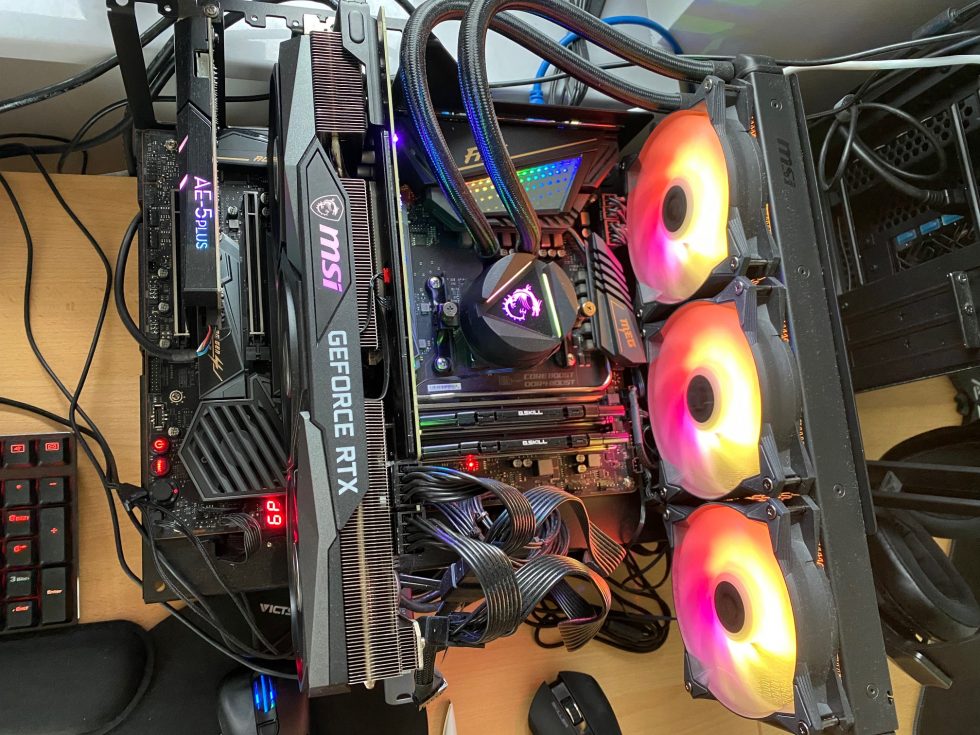
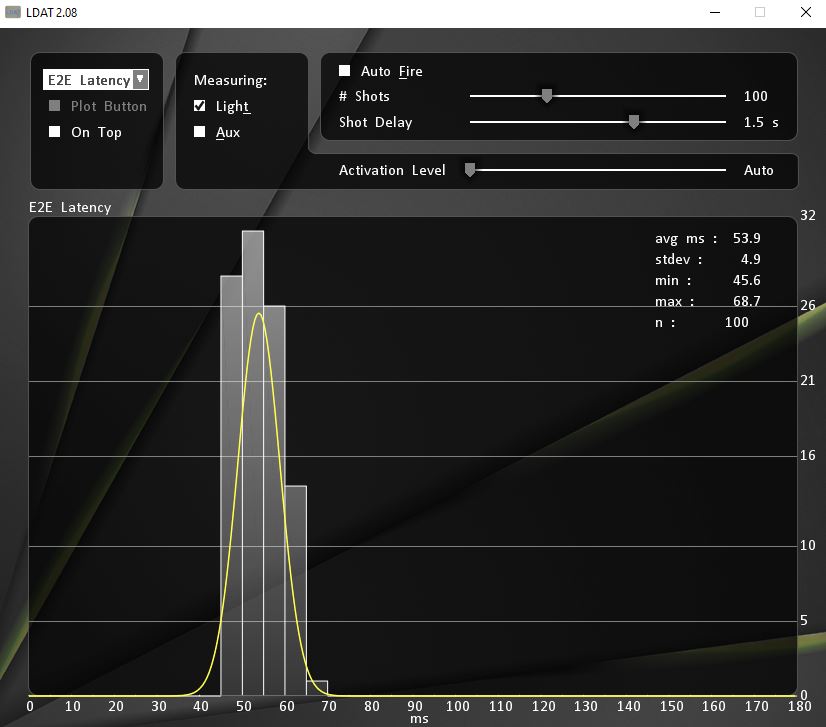
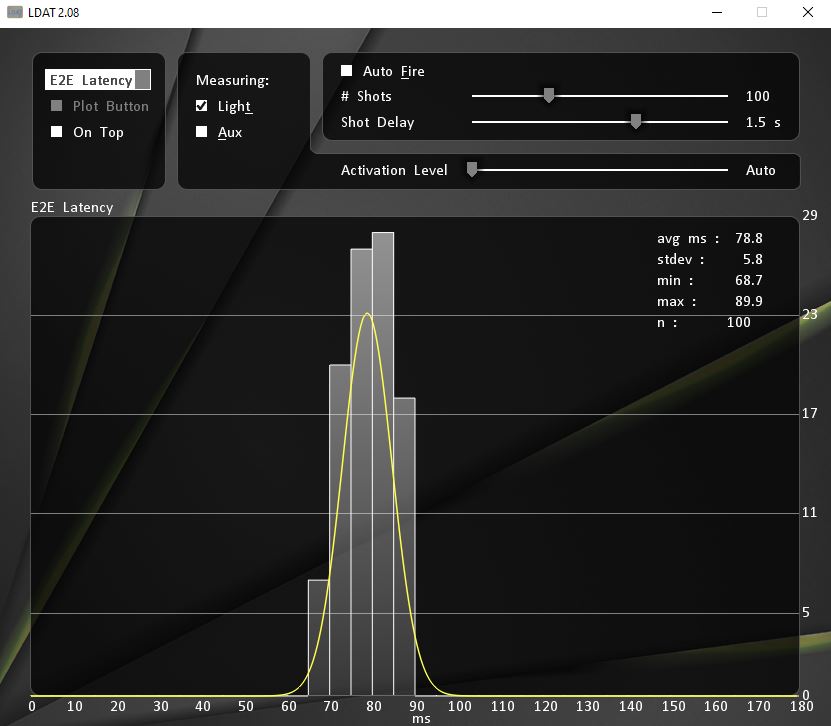

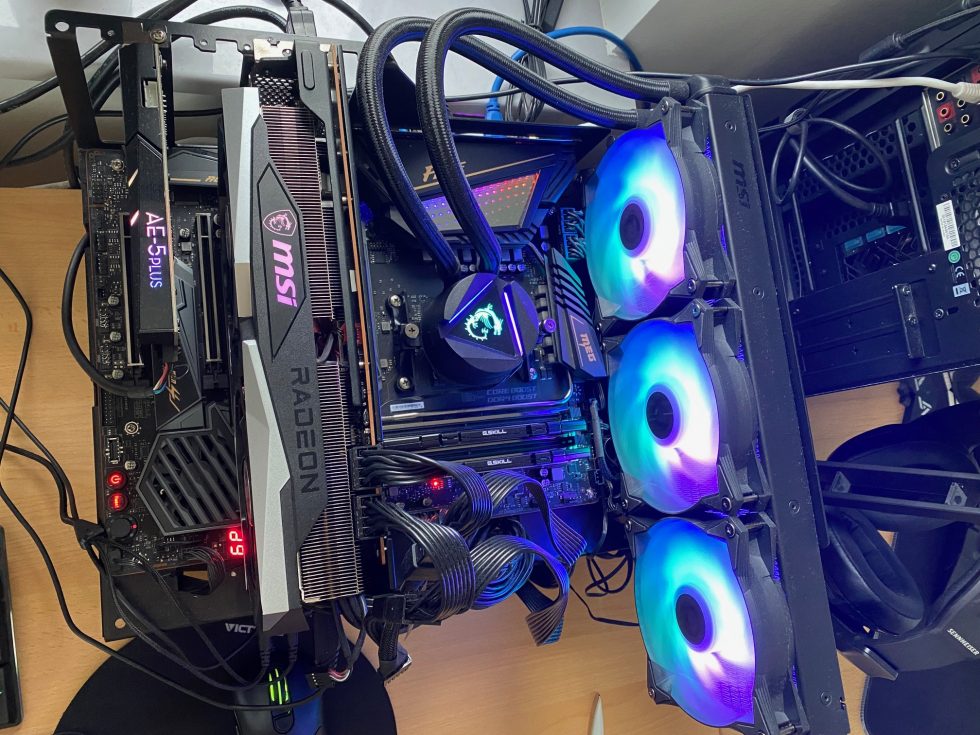
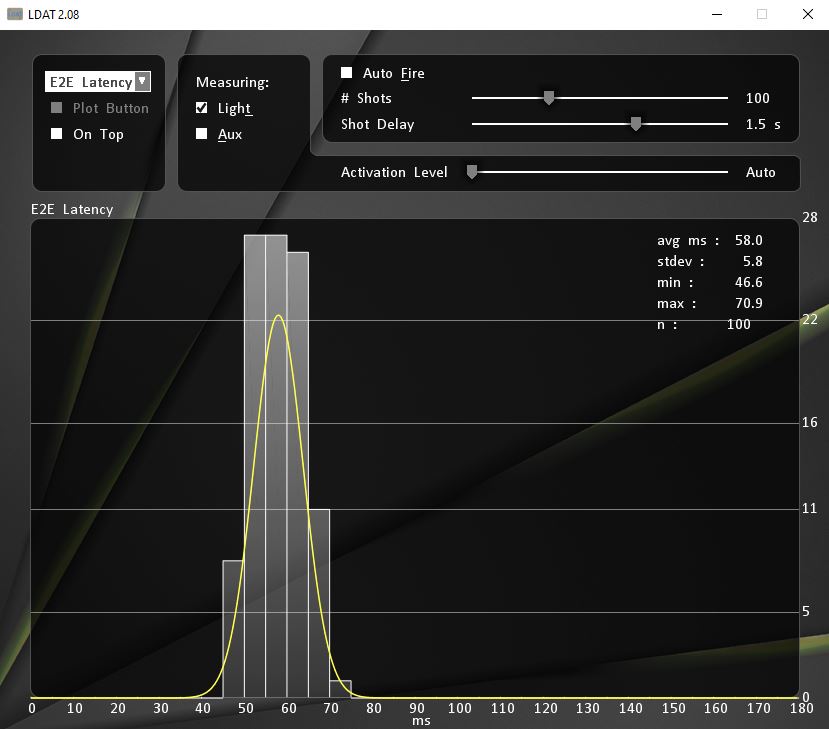
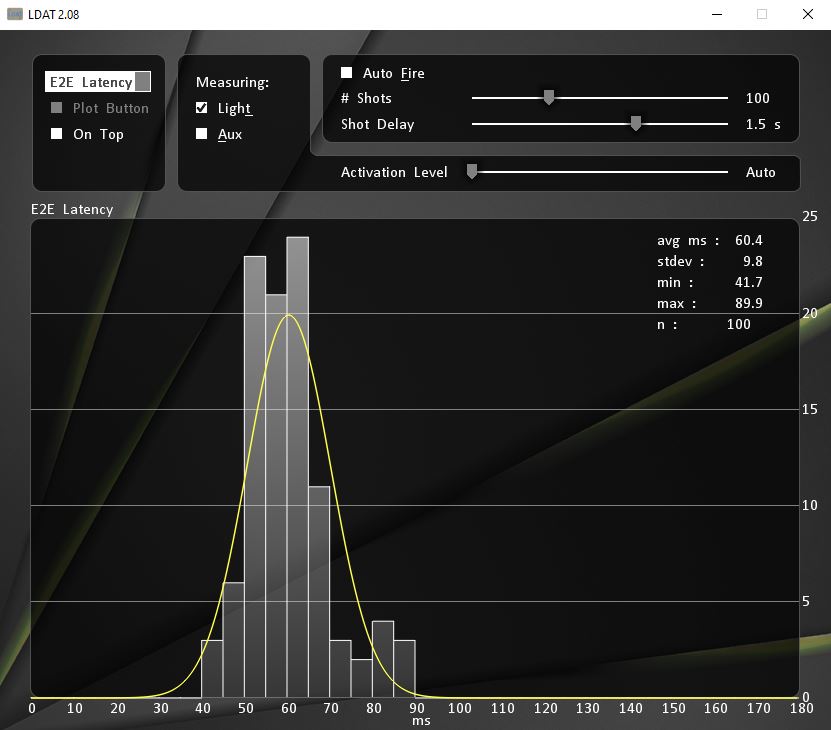


















Kommentieren